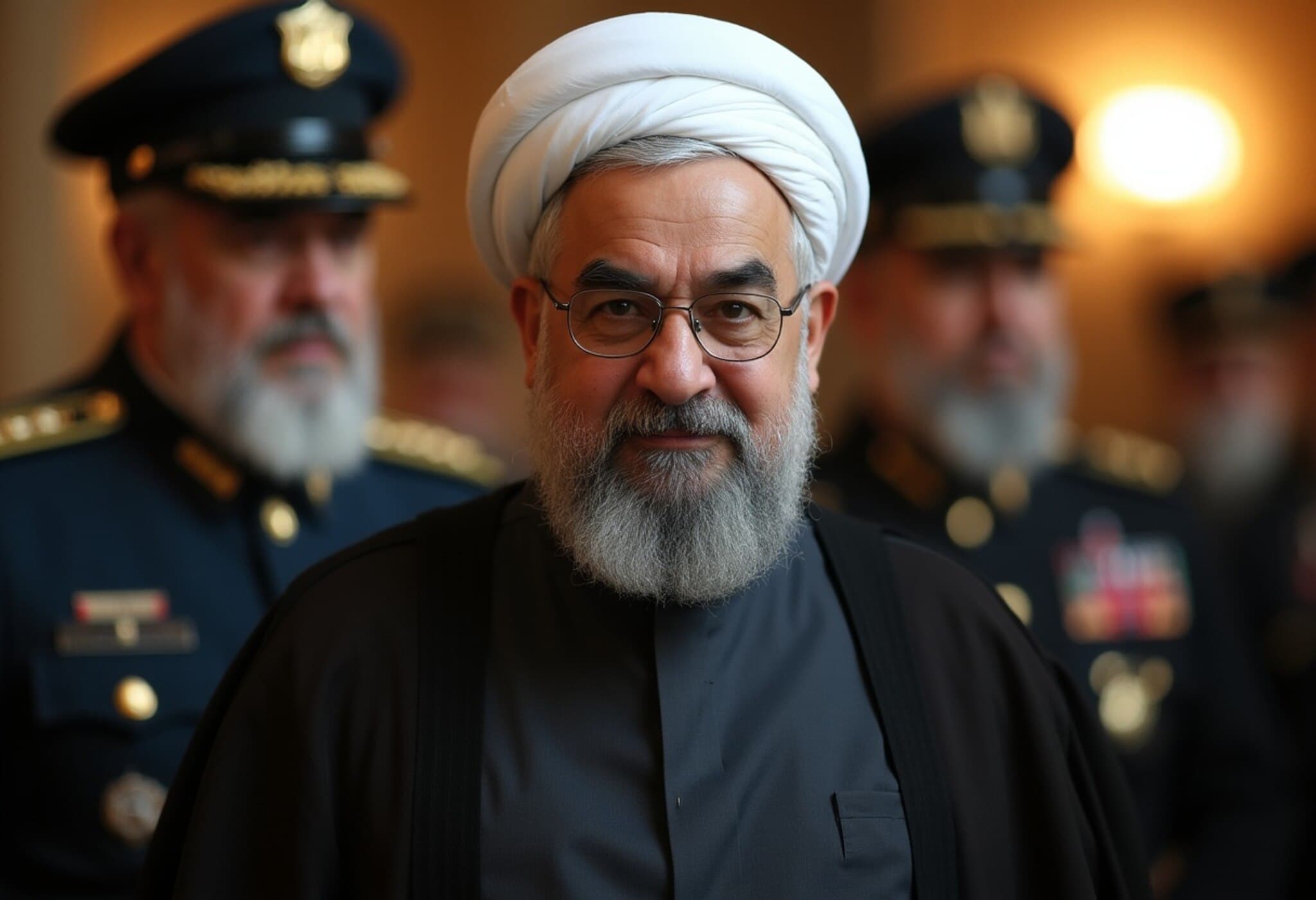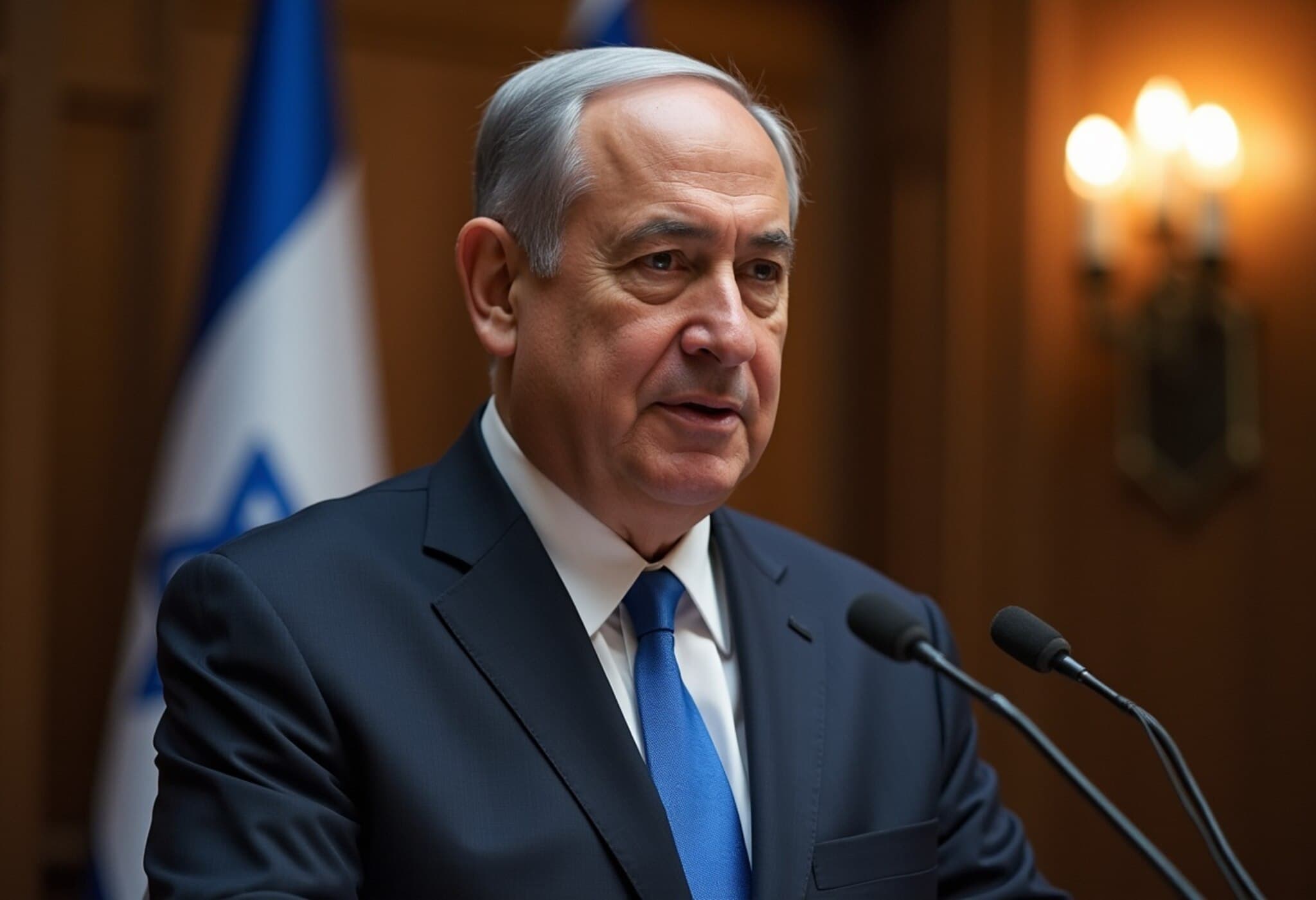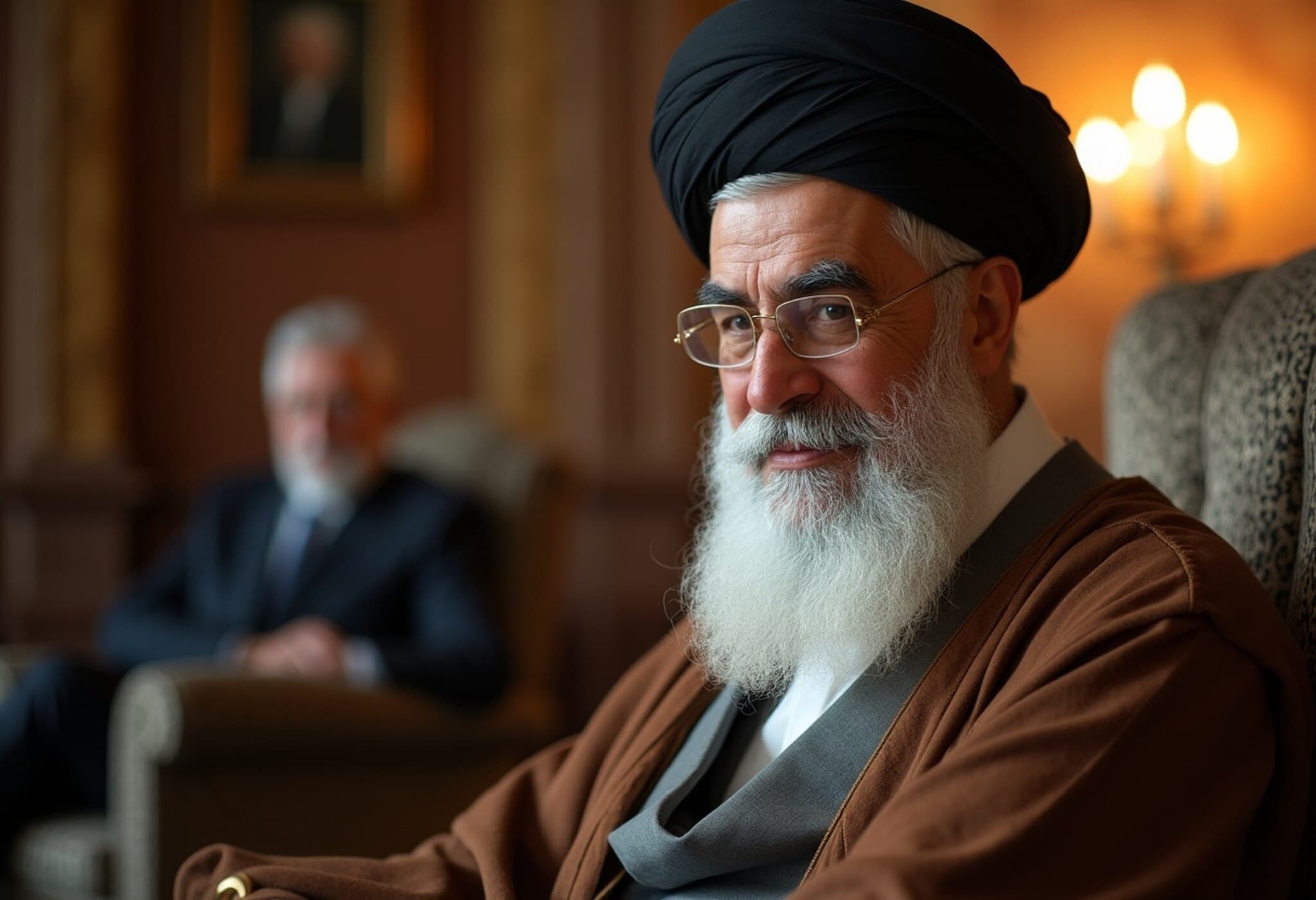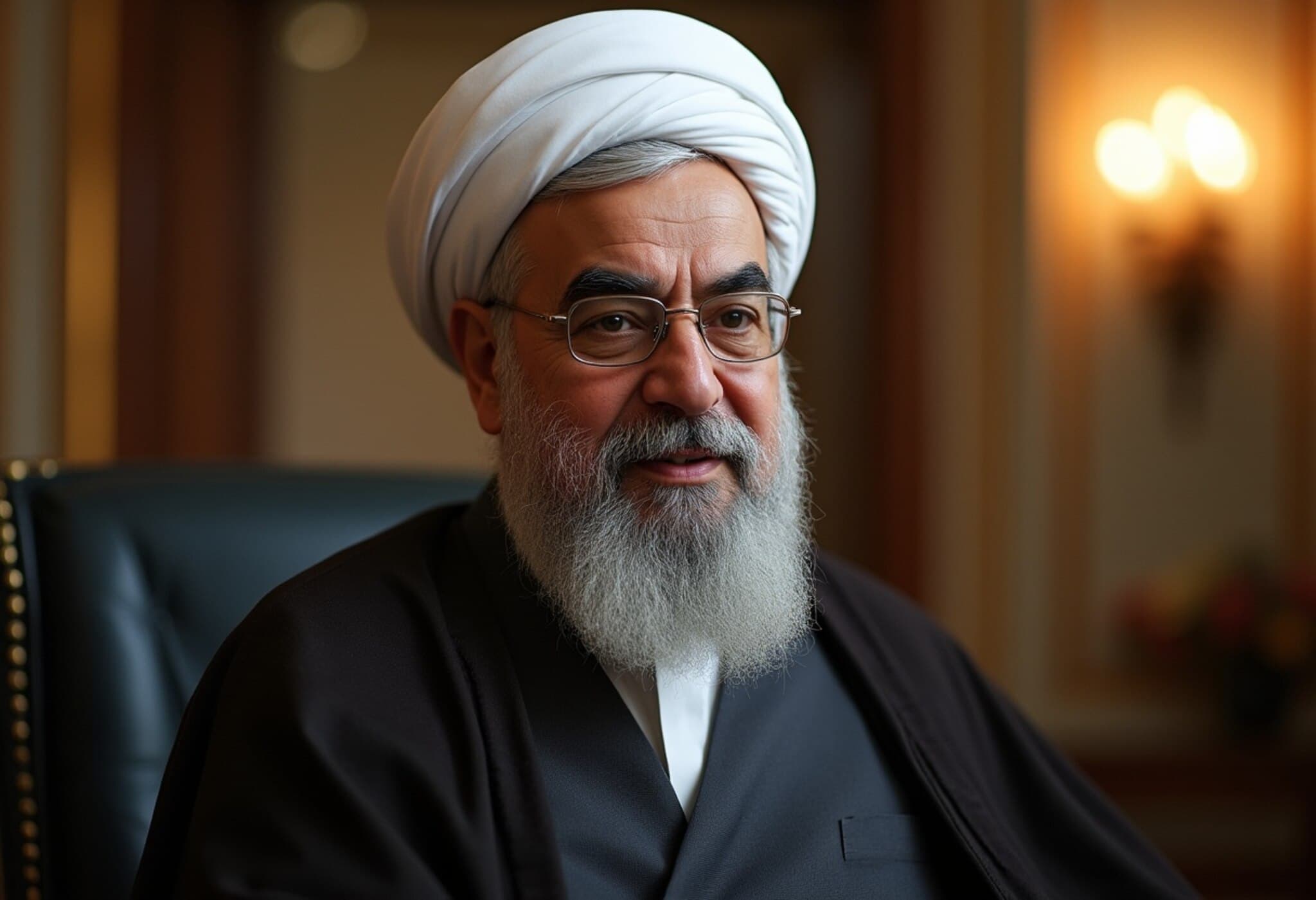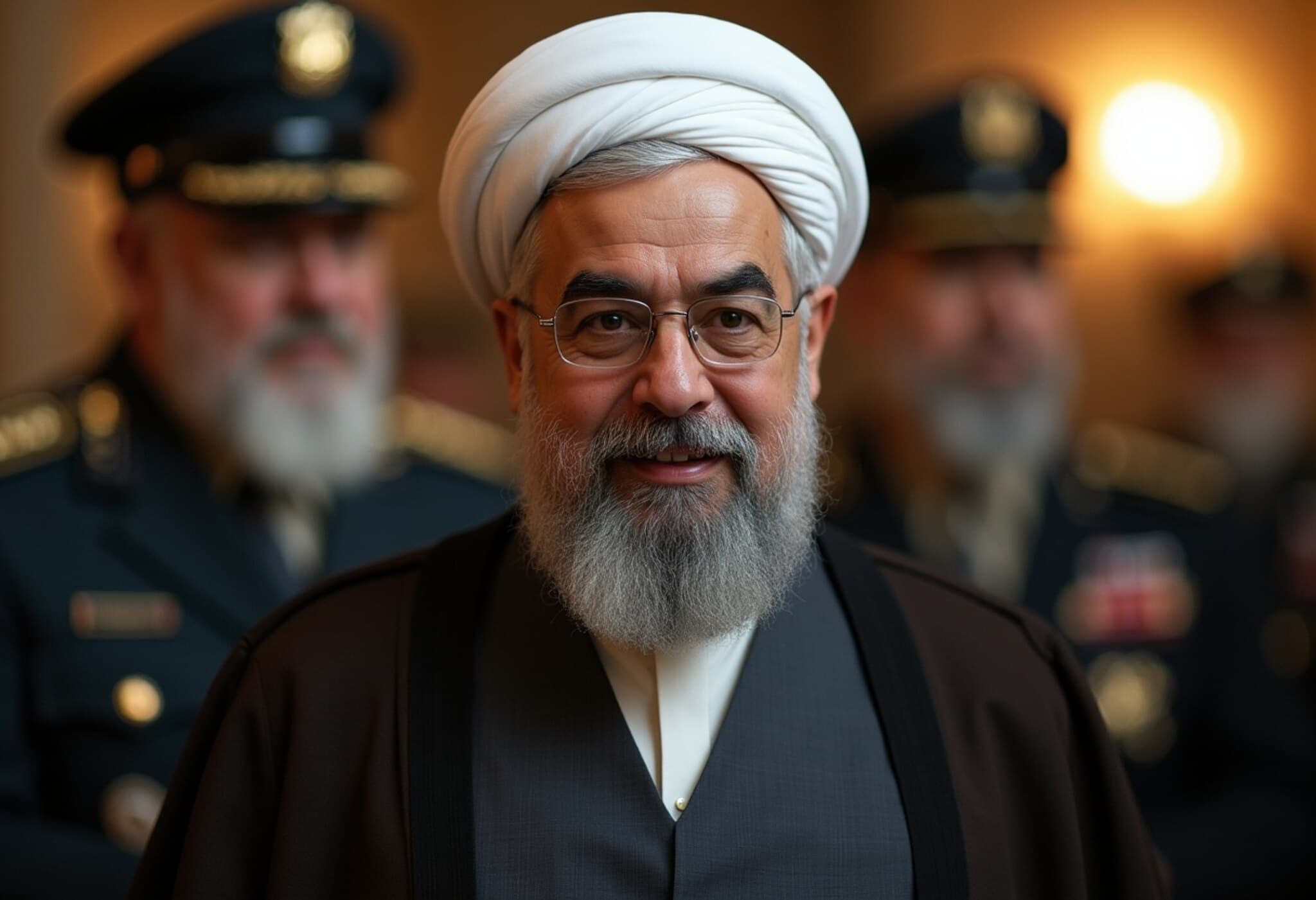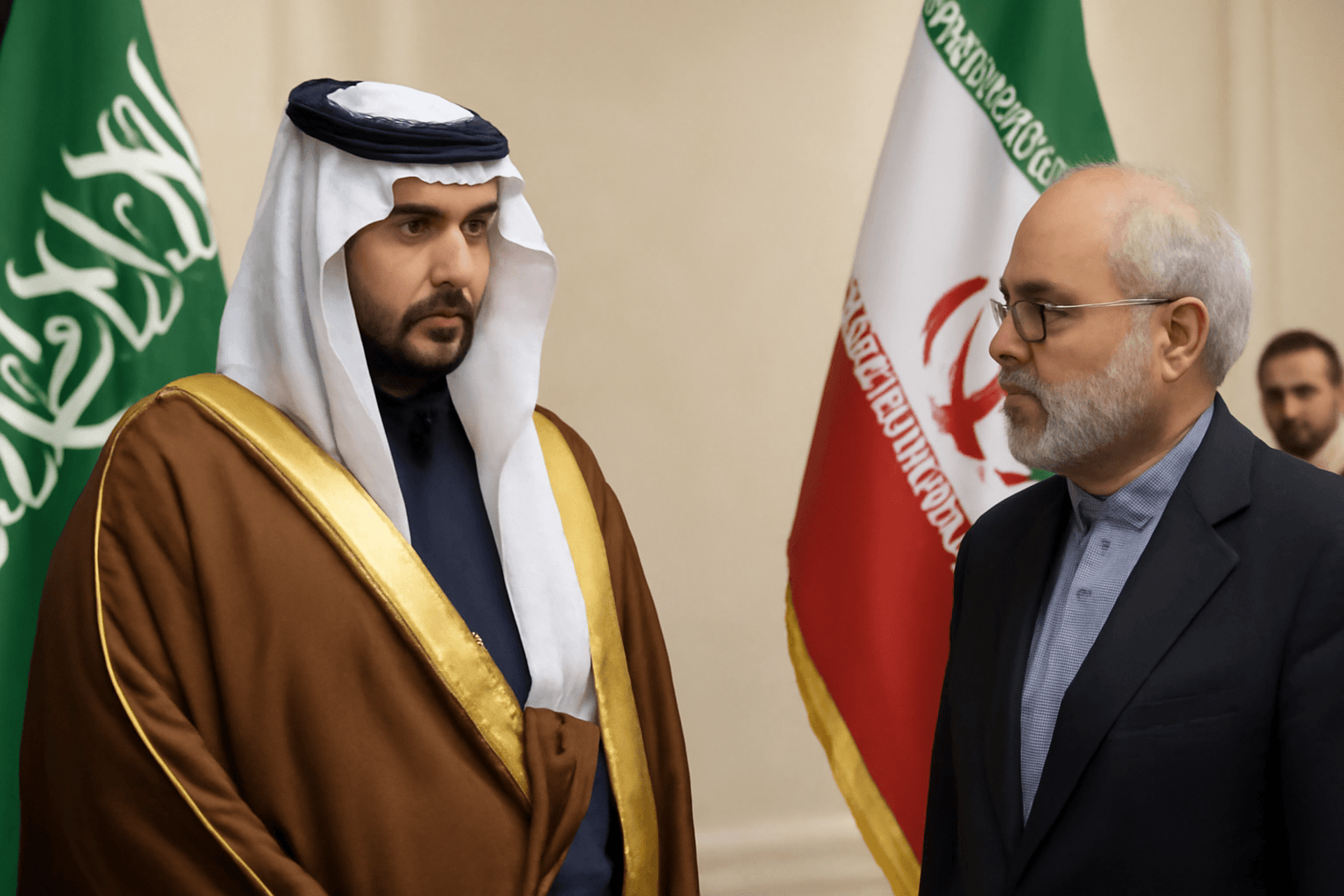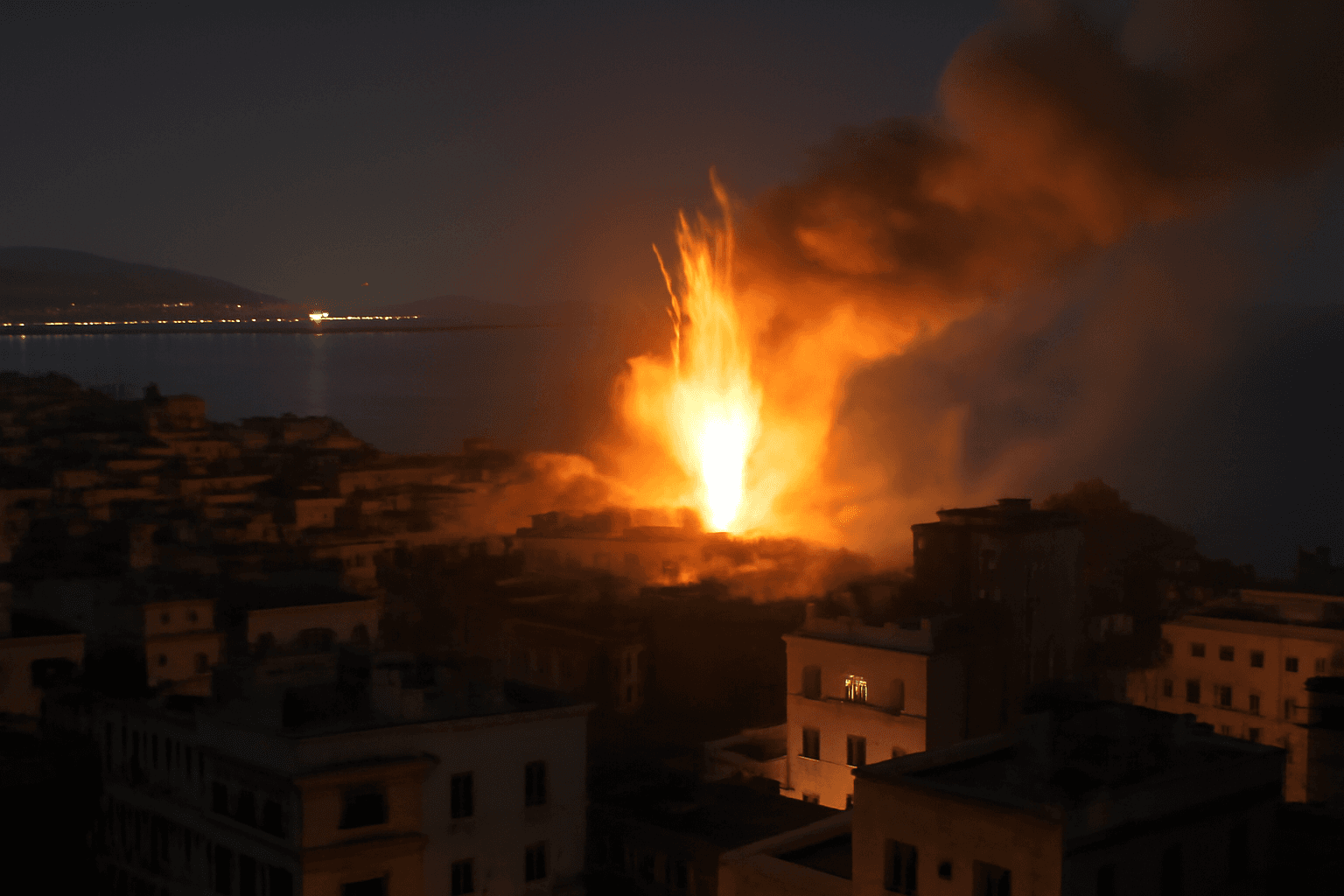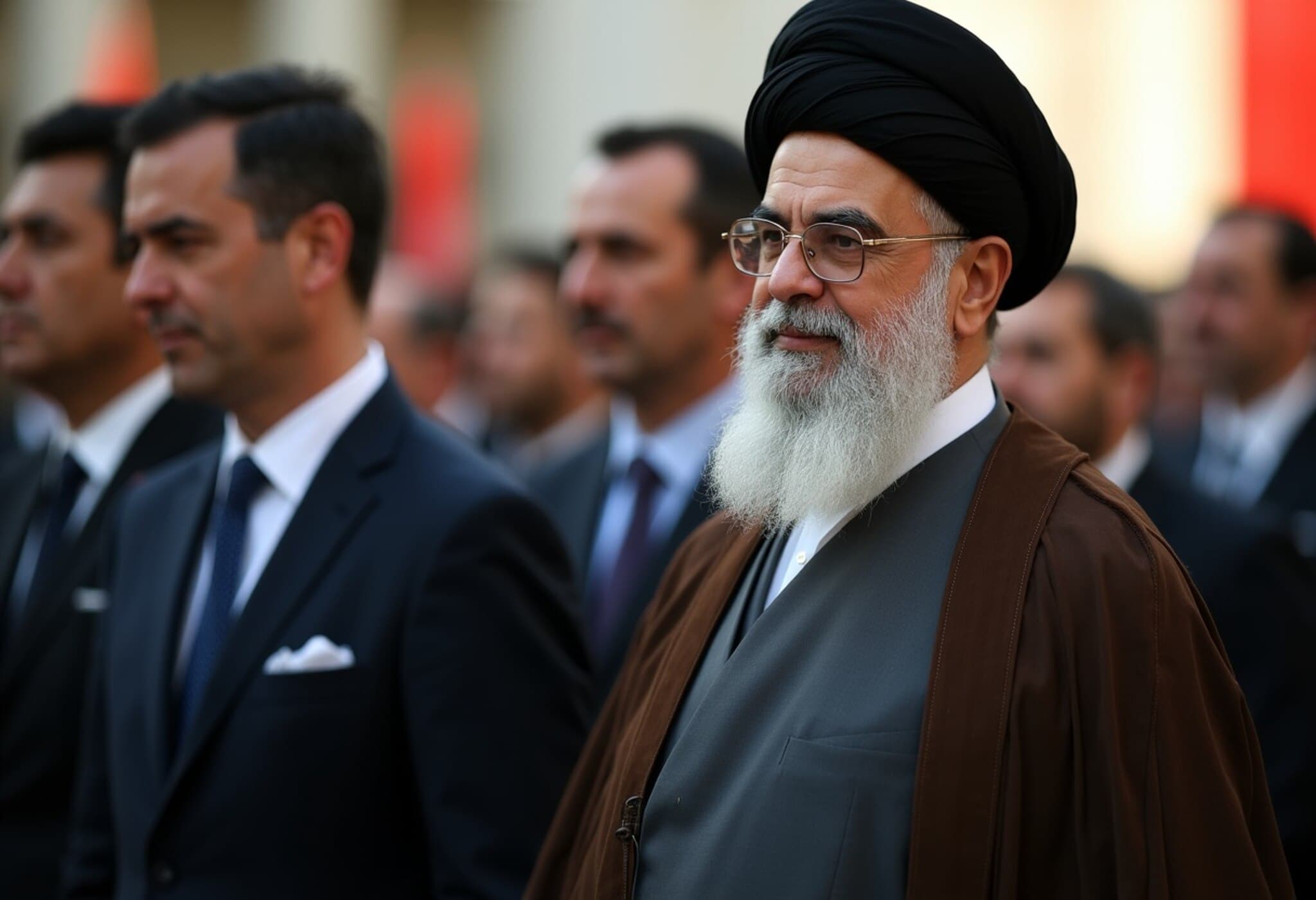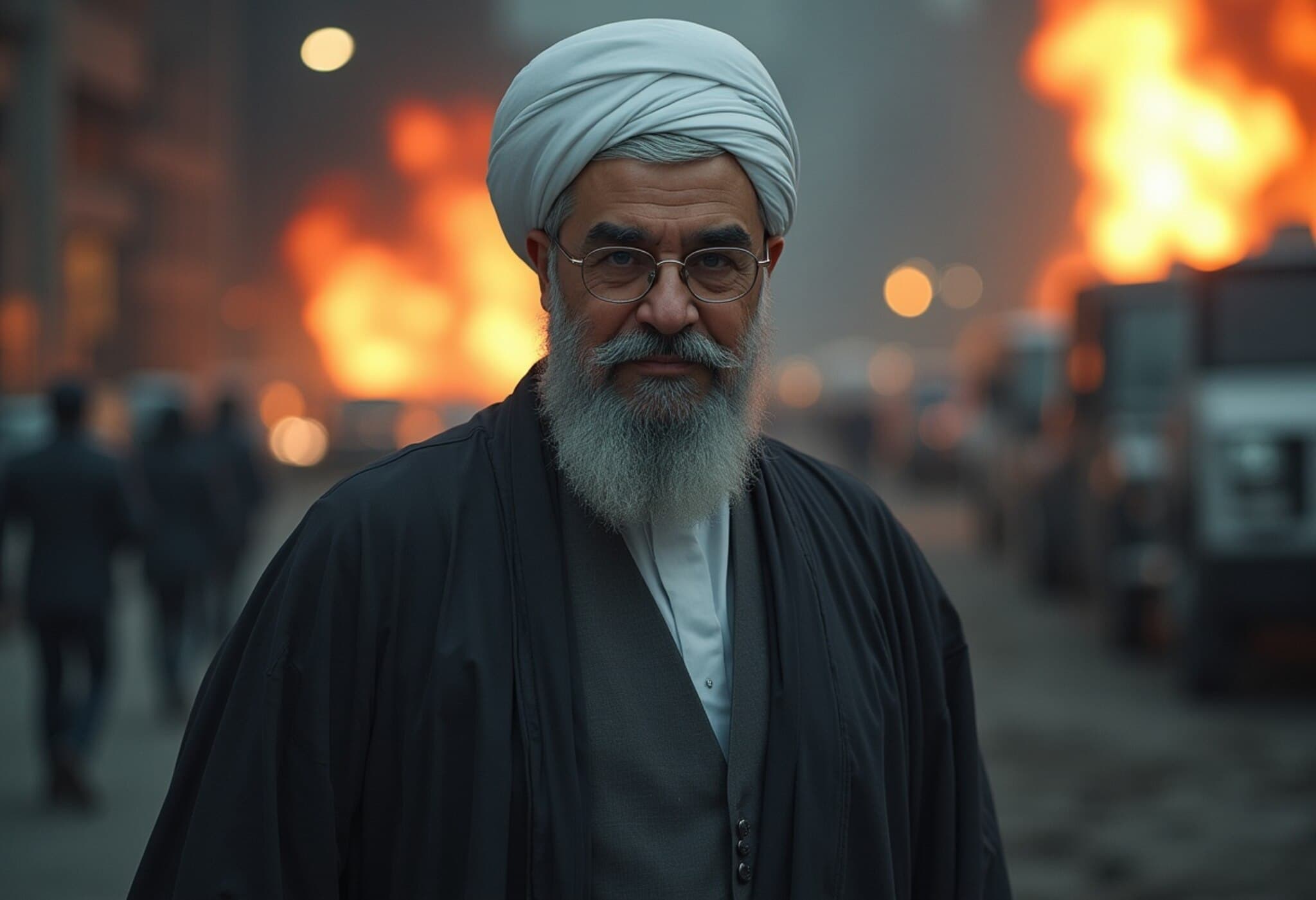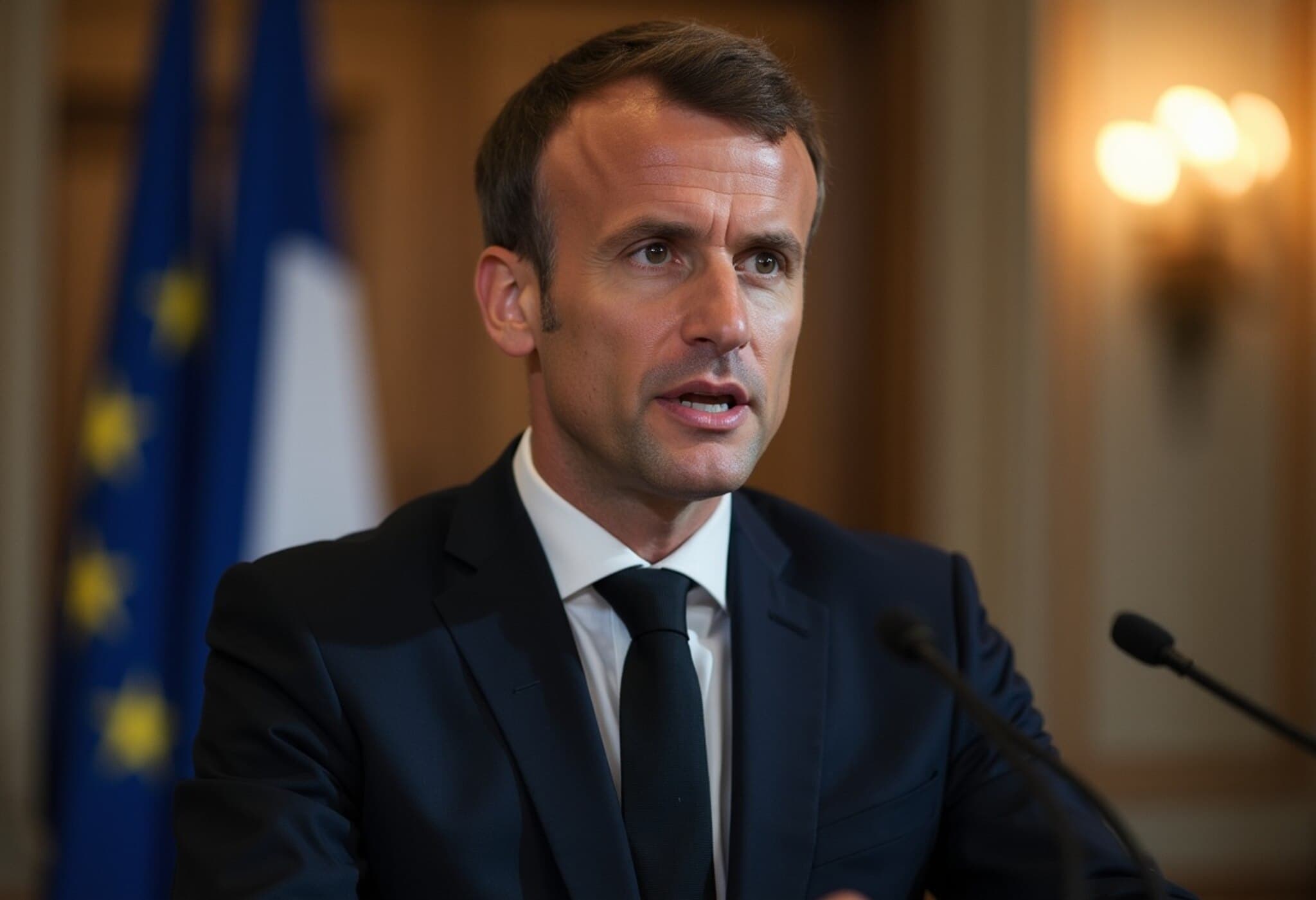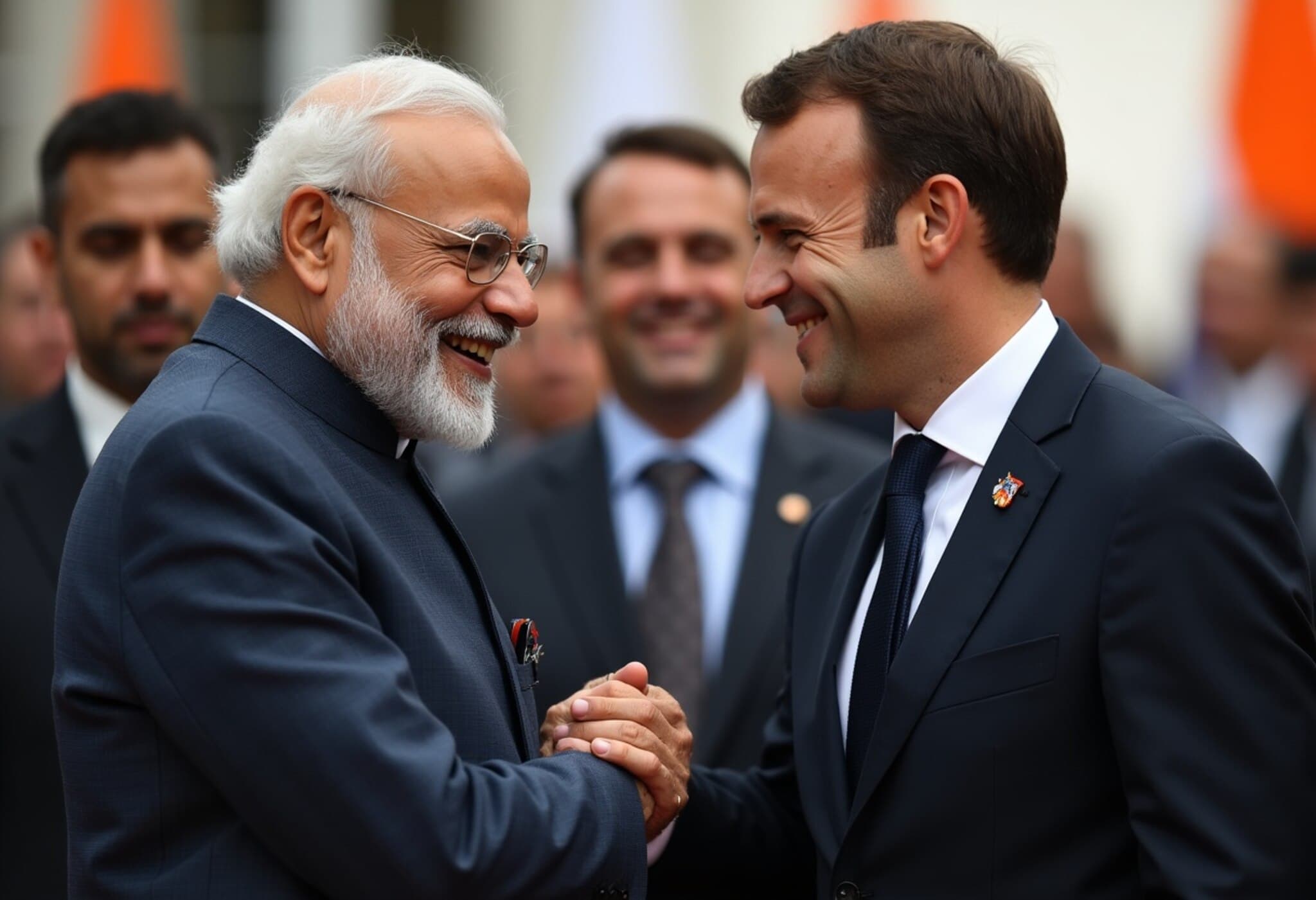The Fragile State of Iran’s Leadership Amid Rising Tensions
As conflicts with Israel intensify and Iran faces devastating airstrikes, questions loom large over the future of the nation’s leadership. Ayatollah Ali Khamenei, Iran’s 86-year-old Supreme Leader, has grown increasingly isolated after the loss of several key military and intelligence commanders close to him. This turmoil has sparked speculation over who might succeed him should he pass away or be removed from power.
Key Losses Shaking Iran’s Power Core
Recent Israeli strikes have targeted Iran’s command structure, resulting in the deaths of pivotal figures such as Hossein Salami (head of the Revolutionary Guards), Amir Ali Hajizadeh (ballistic missile program chief), and Mohammad Kazemi (spy chief). These men were more than just top officials—they were pillars underpinning Khamenei’s grip on power.
With these critical advisers gone, doubts increase about the regime’s resilience and the possible direction Iran might take next.
Khamenei’s Continued Grip Despite Isolation
Despite setbacks, Khamenei remains the ultimate decision-maker in Iran’s political and military arenas. Described by insiders as “extremely stubborn yet cautious,” his careful approach has kept him at the helm since 1989. Yet, external pressures are mounting.
Notably, recent statements from U.S. leadership have stirred controversy by labeling Khamenei as a “soft target” with specific knowledge of his whereabouts, escalating fears of a potential strike, although no confirmed plans currently exist.
Top Contenders for Supreme Leader
As the regime braces for an uncertain future, several figures have emerged as plausible successors, each with distinct backgrounds and strengths:
- Mojtaba Khamenei: The 55-year-old son of the Supreme Leader, relatively unknown publicly, is believed to wield significant influence behind the scenes, especially within the Revolutionary Guards. Many speculate he is being groomed to carry on his father’s legacy. However, such a dynastic transition may face considerable pushback from conservative factions.
- Ali Asghar Hejazi: Serving as deputy for political-security affairs in Khamenei’s office, Hejazi holds extensive sway over intelligence operations and maintains strong connections with both the clerical elite and military forces. Although not a cleric, his proximity to Khamenei grants him notable clout.
- Mohammad Golpayegani: Long-standing chief of staff to Khamenei and a trusted confidant. Known for loyalty and discretion, his deep institutional knowledge positions him as a dark horse candidate or influential kingmaker behind the scenes.
- Ali Akbar Velayati: This former foreign minister and senior adviser commands respect for his blend of religious scholarship and diplomatic experience. Despite support from various corners, his advanced age and health issues could limit his prospects.
- Kamal Kharazi: Heading Iran’s Strategic Council on Foreign Relations, Kharazi is viewed as a moderate with extensive diplomatic credentials, including fluency in English and experience at the United Nations. Some view him as a pragmatic technocrat suitable for guiding Iran’s future international relations.
- Ali Larijani: A conservative yet somewhat independent figure with a clerical family background, Larijani’s previous roles include parliament speaker and state broadcaster head. His reputation for loyalty combined with a practical mindset makes him a potential compromise choice.
The Crucial Role of the Assembly of Experts
Ultimately, the decision over Iran’s next Supreme Leader lies with the Assembly of Experts, an 88-member body of senior clerics elected to eight-year terms. They convene secretly to appoint or confirm the new leader. There is even precedent for the assembly selecting a leadership council instead of a sole Supreme Leader, should consensus prove impossible.
Mojtaba Khamenei’s chances hinge largely on whether the assembly remains unified or fragment amid internal divisions or external pressures.
What Lies Ahead?
Within the shadows of escalating conflict and internal losses, Iran’s leadership stands at a crossroads. The next Supreme Leader will shape the country’s path amid heightened scrutiny and geopolitical instability. As events unfold, the world watches closely to see who will emerge from the ranks of Iran’s elite to wield one of the region's most powerful positions.

